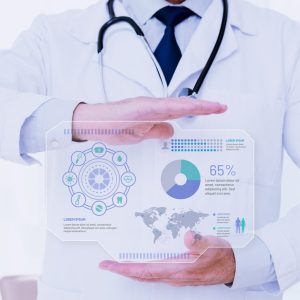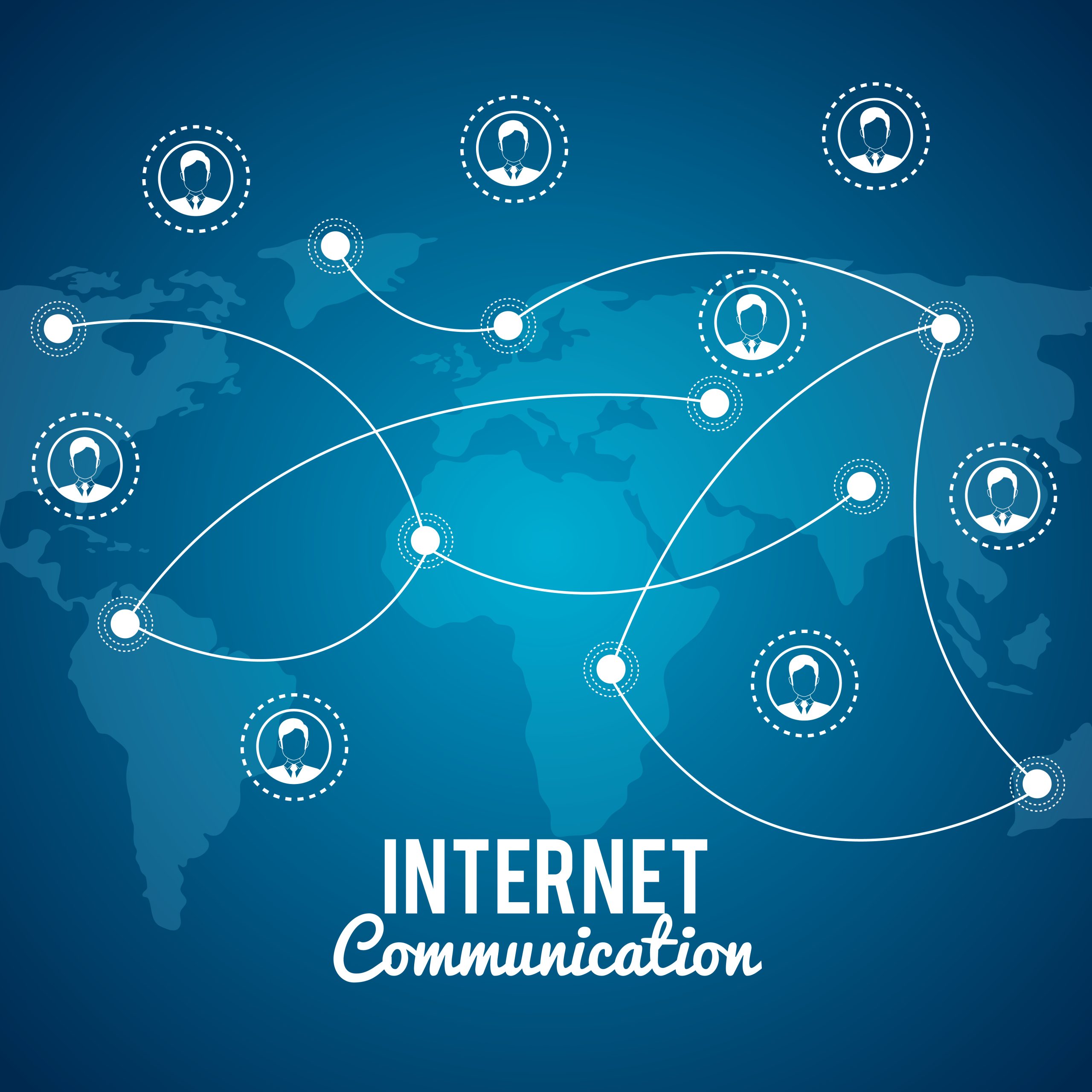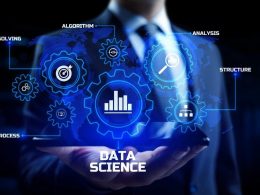The Contribution of Big Data to the Response to the Pandemic
The response to pandemics by governments, healthcare providers, and organizations has been revolutionized by the emergence of big data as a cornerstone in public health. Big data facilitates real-time monitoring, predictive modeling, and effective decision-making during health crises by analyzing enormous amounts of information from diverse sources. This article examines the benefits, challenges, and future potential of big data in pandemic response, as evidenced by recent global health emergencies.
An Introduction to Big Data in Public Health

The term “big data” describes the vast and intricate datasets produced by digital technologies that are inefficiently handled by conventional data processing techniques. Big data in public health encompasses social media trends, mobility statistics, epidemiological data, and patient records. Such information is crucial for monitoring the spread of the disease, predicting outbreaks, and directing treatment during pandemics.
Big data, for example, was crucial in tracking infection rates, hospitalizations, and vaccine coverage worldwide during the COVID-19 pandemic. Its incorporation with artificial intelligence (AI) yielded practical discoveries that reduced societal disturbances and saved lives.
Monitoring in Real Time and Early Detection
The ability of big data to facilitate real-time monitoring of health occurrences is one of its main benefits. This is best demonstrated by electronic case reporting (eCR), in which medical facilities send data straight to public health organizations. By 2024, eCR had been implemented in more than 36,000 U.S. healthcare facilities, simplifying exposure tracking and epidemic detection.
During COVID-19, this strategy was essential for enabling health departments to identify spikes and take swift action. Syndromic surveillance systems, which track ED visits to spot patterns in infectious and non-infectious disorders, are another example of real-time data collection.
For instance, real-time information on illnesses like COVID-19, the flu, and RSV is available via the CDC’s Respiratory Virus Data Channel. Based on current patterns, it enables individuals and public health professionals to make well-informed decisions.
Non-Traditional Data Sources
Beyond conventional health records, non-traditional data sources like mobility data, social media, and participatory surveillance platforms have proven pivotal. These sources offer rapid insights when traditional datasets lag behind.
- Mobility Data: Location data from smartphones helped model disease spread and evaluate compliance with lockdown measures. For example, mobility analytics during COVID-19 revealed patterns of movement that influenced policy adjustments.
- Social Media Trends: Platforms like Twitter and Facebook captured public sentiment and misinformation, enabling targeted public health campaigns. Sentiment analysis also informed vaccine advocacy strategies.
- Participatory Surveillance: Apps and platforms like Flu Near You allowed citizens to self-report symptoms, enhancing near real-time tracking of flu-like illnesses.
Example: In Spain and Italy, participatory surveillance filled critical data gaps, providing insights into underreported COVID-19 cases. These efforts showcased the power of citizen engagement in public health.
Predictive Analytics and AI Integration

Big data combined with AI offers powerful predictive capabilities. Machine learning models analyze historical and real-time data to forecast disease spread, identify hotspots, and allocate resources efficiently.
Benefits:
- Predictive analytics support early intervention, reducing mortality and healthcare strain.
- AI models assist in vaccine distribution, ensuring equitable access based on demographics and risk factors.
Example: AI-driven simulations during COVID-19 guided vaccination strategies in densely populated areas, mitigating outbreaks.
Enhancing Collaboration and Data Sharing
Effective pandemic response depends on collaboration across governments, healthcare providers, and technology companies. Big data facilitates this by breaking silos and enabling seamless data exchange.
Example: The Trusted Exchange Framework and Common Agreement (TEFCA) in the U.S. promotes secure data sharing between healthcare systems and public health agencies, accelerating threat detection and response.
Data Infrastructure and Accessibility
Investments in data infrastructure are essential to harness the full potential of big data. Tools like the CDC’s data visualization platforms simplify complex datasets, making them accessible to policymakers and the public.
Focus Areas:
- Expanding rural access to data systems to address healthcare disparities.
- Strengthening infrastructure for real-time data integration across sectors.
Example: Over 380 critical access hospitals in the U.S. implemented eCR by 2024, improving pandemic response in underserved regions.
Focus on Health Equity
Big data plays a critical role in promoting health equity by identifying disparities and addressing social determinants of health. During pandemics, it helps direct resources to vulnerable populations and tailor interventions to specific community needs.
Example: Analysis of vaccination rates by demographic and geographic data during COVID-19 identified gaps in underserved communities, prompting targeted outreach programs.
Ethical and Governance Challenges
While big data offers immense benefits, it also raises ethical concerns:
- Privacy and Consent: Collecting and analyzing personal data requires stringent safeguards to protect individual rights.
- Data Bias: Non-representative datasets can lead to inaccurate insights, adversely affecting decision-making.
Addressing these challenges necessitates robust governance frameworks, transparent practices, and stakeholder engagement.
Case Studies and Lessons from COVID-19
The COVID-19 pandemic underscored the transformative power of big data:
- Mobility and social media data guided public health policies on lockdowns and vaccine advocacy.
- AI models accurately predicted hospitalizations, enabling resource allocation.
- Citizen engagement platforms increased surveillance coverage.
Key Lessons:
- Sustained investments in data infrastructure are crucial.
- Collaboration across sectors enhances data utility.
- Ethical considerations must remain at the forefront of big data applications.
Future Directions in Pandemic Preparedness

The future of big data in public health lies in further integration with healthcare systems and advanced analytics. Priority areas include:
- Accelerating adoption of eCR and real-time surveillance tools.
- Expanding data sources like wastewater and environmental monitoring.
- Enhancing AI applications for disease modeling and resource optimization.
Efforts to connect public health and healthcare data systems will be pivotal in bridging gaps and improving preparedness for future pandemics.
Final Thoughts
Pandemic response has been reimagined by big data, which presents previously unheard-of possibilities for predictive analytics, real-time monitoring, and fair resource allocation. Although there are still issues with data accessibility and ethical governance, the lessons learned from COVID-19 demonstrate the revolutionary potential of big data in preserving global health. In order to be ready for the health emergencies of the future, we must make investments in data infrastructure, teamwork, and AI integration.










